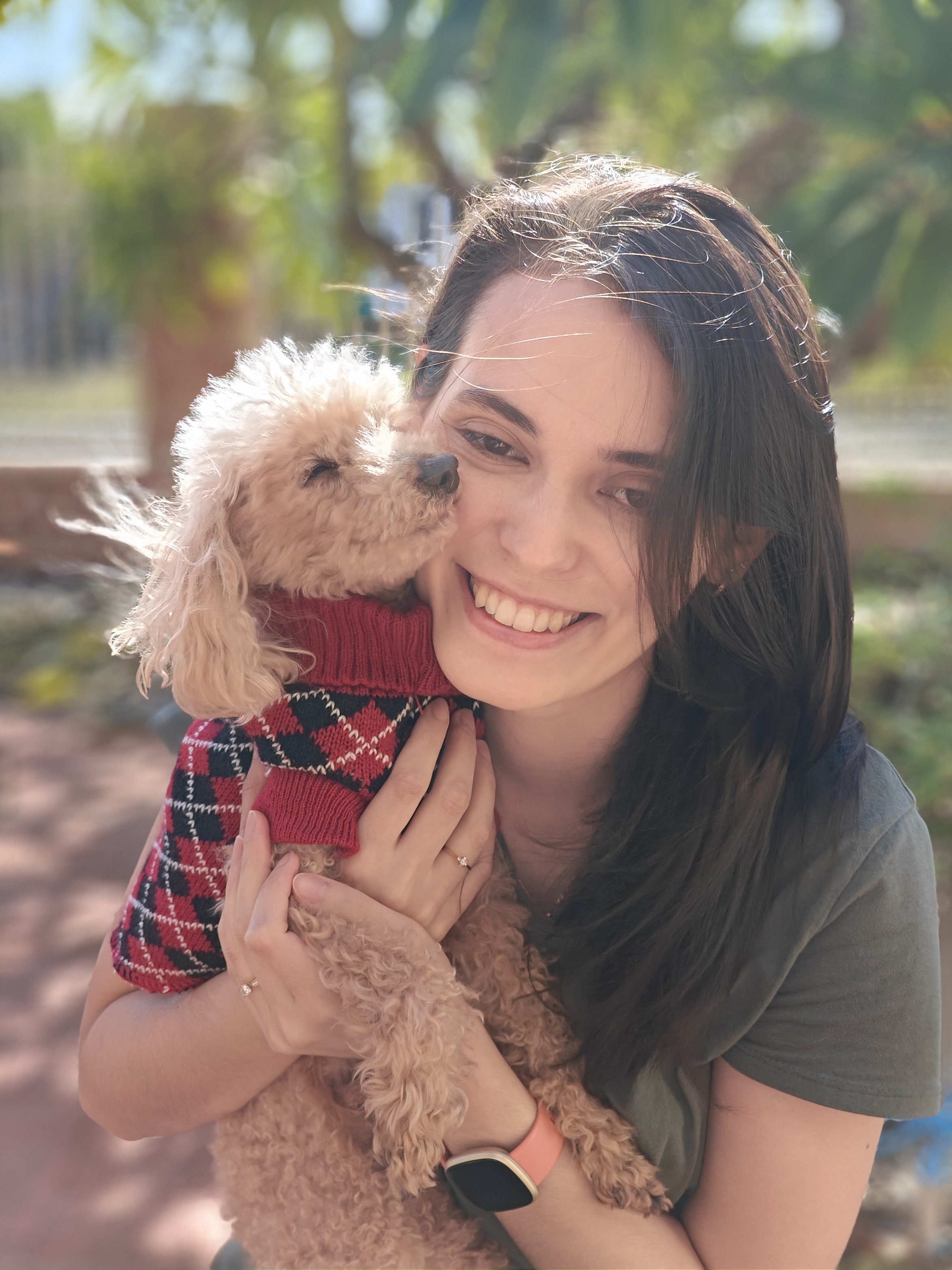Erica Thygesen
Postdoctoral Research Associate in Astronomy
University of Tasmania
2023 Quad Fellow
Contact: erica.thygesen@utas.edu.au

Postdoctoral Research Associate in Astronomy
University of Tasmania
2023 Quad Fellow
Contact: erica.thygesen@utas.edu.au

I am a postdoctoral researcher at the University of Tasmania, working with Dr. Andrew Cole and Dr. Jean-Philippe Beaulieu. My current work is focused on creating extinction maps of the Galactic bulge in preparation for the upcoming Roman Space Telescope. I completed my PhD at Michigan State University in February 2025, where I worked with Dr. Joey Rodriguez. I received my Bachelor's Degree in Physics with a second major in Music from the University of Western Australia in 2017, and Honours in Physics from Curtin University in 2018. The main project for my thesis was the "K2 & TESS Synergy", for which I am building a catalogue of exoplanets that were originally discovered by NASA's K2 mission and have recently been reobserved by TESS. I worked with Dr. Richard Plotkin for my undergraduate projects, which were focused on accreting compact objects (such as neutron stars and black holes), and how emissions from these systems impact their surrounding environment. When I'm not thinking about space, I enjoy playing video games, knitting/crocheting and playing the piano and clarinet.
The early success of JWST provides an exceptional opportunity to study the atmospheres of exoplanets with unprecedented detail. However, most (>80%) confirmed transiting exoplanets will be difficult to observe with JWST throughout the mission lifetime. This widespread problem is due mostly to ephemeris degradation: uncertainties on transit time and period compound over time, which can culminate in predicted future transits being off by hours to days when targeting planets years later. With this in mind, I am leading the K2 & TESS Synergy, a large-scale effort to reanalyse all ~300 systems originally discovered by NASA's K2 mission with new observations from TESS. We are combining light curves from both missions along with archival radial velocities, Gaia parallaxes, and spectral energy distributions in global fits using EXOFASTv2, which will not only allow us to update the ephemerides, but also build a self-consistent homogeneous catalogue of system parameters for future population studies. This systematic approach also provides opportunity to amend ephemerides that were originally incorrect due to problems such as spurious follow-up transits in other data (as in the case of K2’s first planet, K2-2 b). So far, we have reanalysed 26 single-planet systems observed by TESS during its prime mission, and revisited K2-2 b to correct and update its parameters. I am currently working on the top ~50 planets for atmospheric characterisation based on their transmission spectroscopy metric.
The figures above show the projected difference of the transit time for two planets, K2-97 b (left) and K2-2 b (right). The shaded regions represent uncertainties on the transit time up to 3σ, where grey is based on the discovery ephemeris and purple is using the updated ephemerides based on our EXOFASTv2 global fits. The K2 & TESS Synergy aims to reduce the ephemeris uncertainties for most K2-discovered planets (like the case of K2-97 b), and to amend any ephemerides that are incorrect (as in the case of K2-2 b).